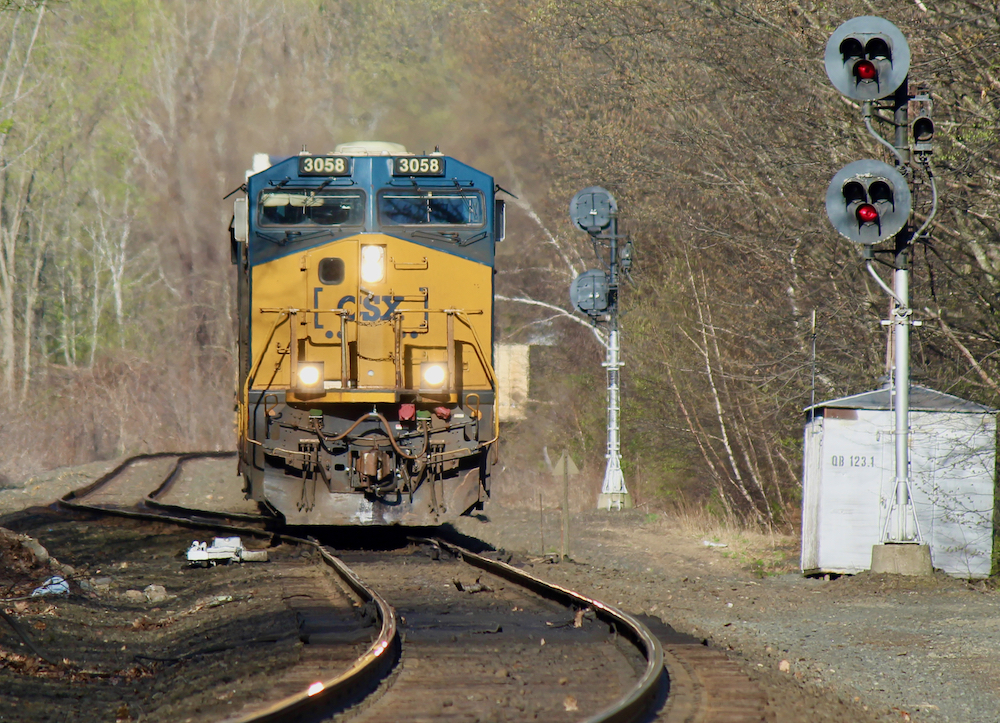
JACKSONVILLE, Fla. — CSX Transportation CEO Joe Hinrichs says the nationwide focus on railroad safety ultimately will improve the industry.
“We are confident that the industry will emerge from this period stronger, more aligned, and better at sharing safety best practices,” Hinrichs said CSX’s earnings call on Thursday.
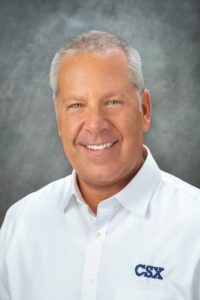
“Statistics are clear that when measured by the number of accidents or injuries relative to the enormous number of ton-miles that our trains travel, freight railroads are very safe when compared to other forms of transportation,” Hinrichs says. “We are very proud of our excellent safety record at CSX. But we know that we cannot be complacent.”
Hinrichs has been involved in discussions with leaders in Washington and states across the CSX network about safety-related legislation proposed in the wake of the Feb. 3 Norfolk Southern derailment and subsequent hazardous materials release in East Palestine, Ohio.
Hinrichs says he’s encouraged by the conversations he’s had with policymakers.
“They know it is better for our economy, our environment, and our communities for railroads to move a greater share of the nation’s freight,” Hinrichs says. “They also know that CSX is eager to be part of solutions that are effective and data driven and will make our whole industry safer.”
The National Transportation Safety Board has said that the NS wreck was caused by a wheel bearing failure, which has prompted railroads to install more hotbox detectors, set an industry-wide temperature threshold for hotbox alarms, and share best practices on trend analysis of data from hotbox networks.
CSX will install 53 additional hotbox detectors this year to reduce spacing of the defect detectors to 14.9 miles from the current average of 16.2 miles, says Jamie Boychuk, executive vice president of operations.
“At CSX, these detectors identify high bearing temperatures but also transmit real-time data for trend analysis so we can not only tell when a bearing is hot and a train needs to stop, but we can also use the data to predict bearing issues before they reach critical temperatures,” Boychuk says.
He also touted CSX’s employee safety training and the railroad’s use of autonomous track assessment cars, which run in revenue service and identify track geometry exceptions. The autonomous boxcars scan half of the CSX network every week.
For the first quarter, CSX’s employee injury rate declined 6% compared to the fourth quarter, while the train accident rate increased 2%.






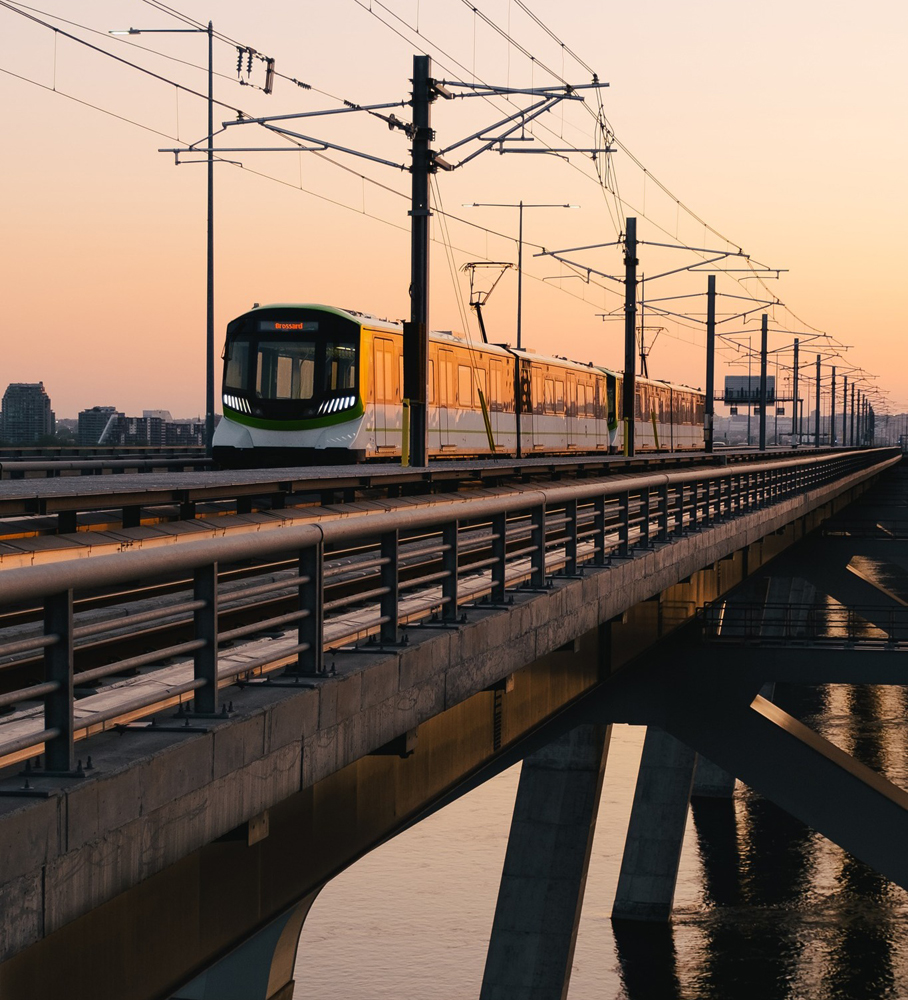
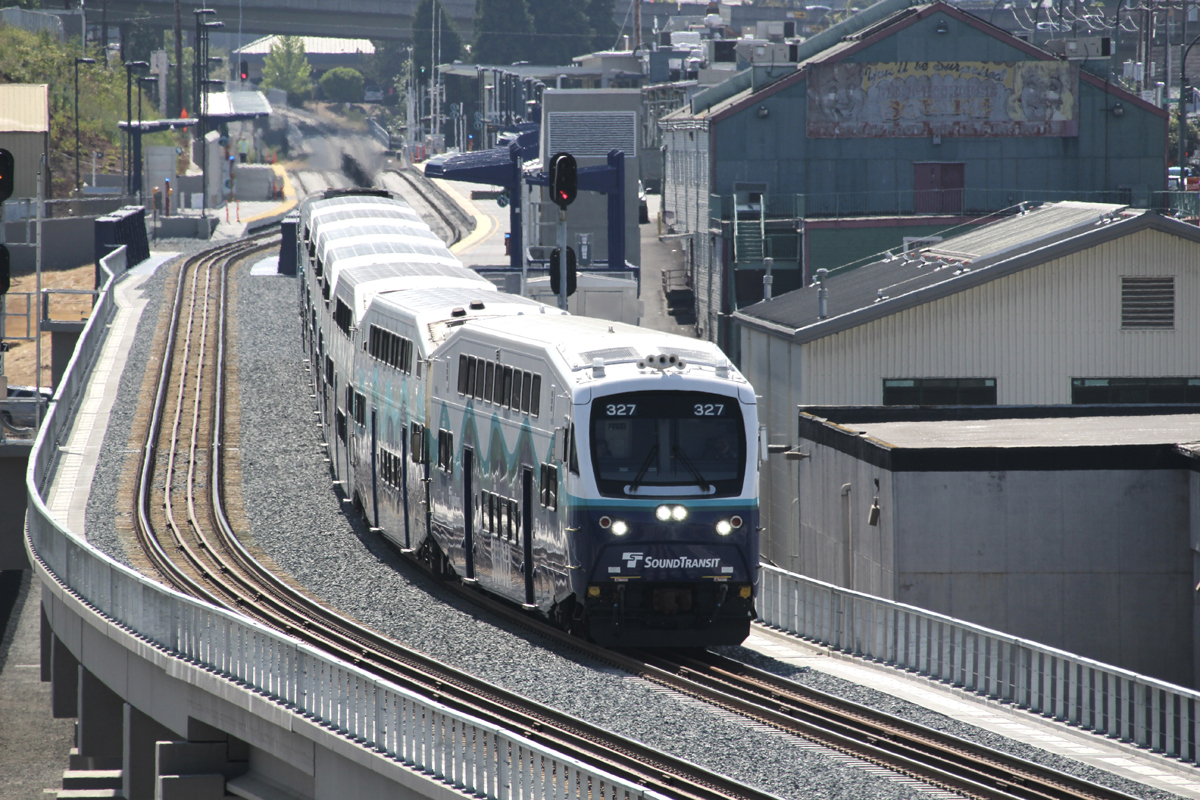
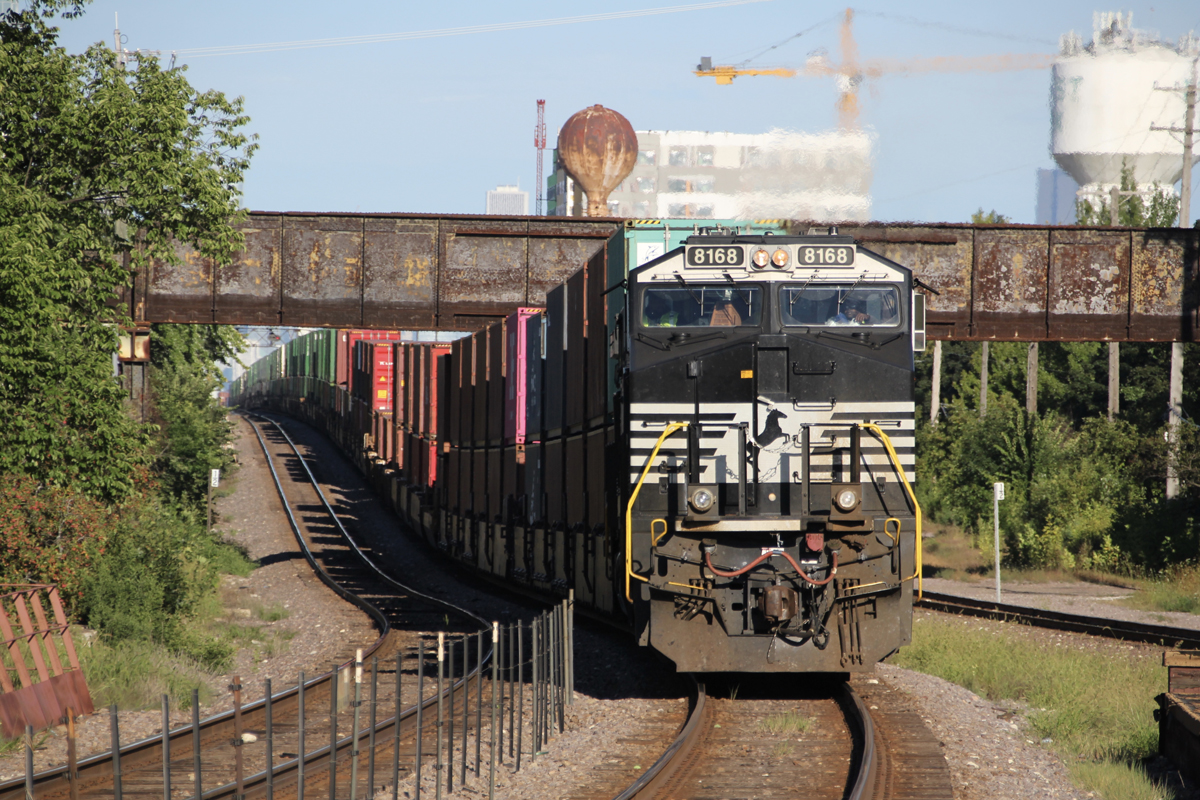
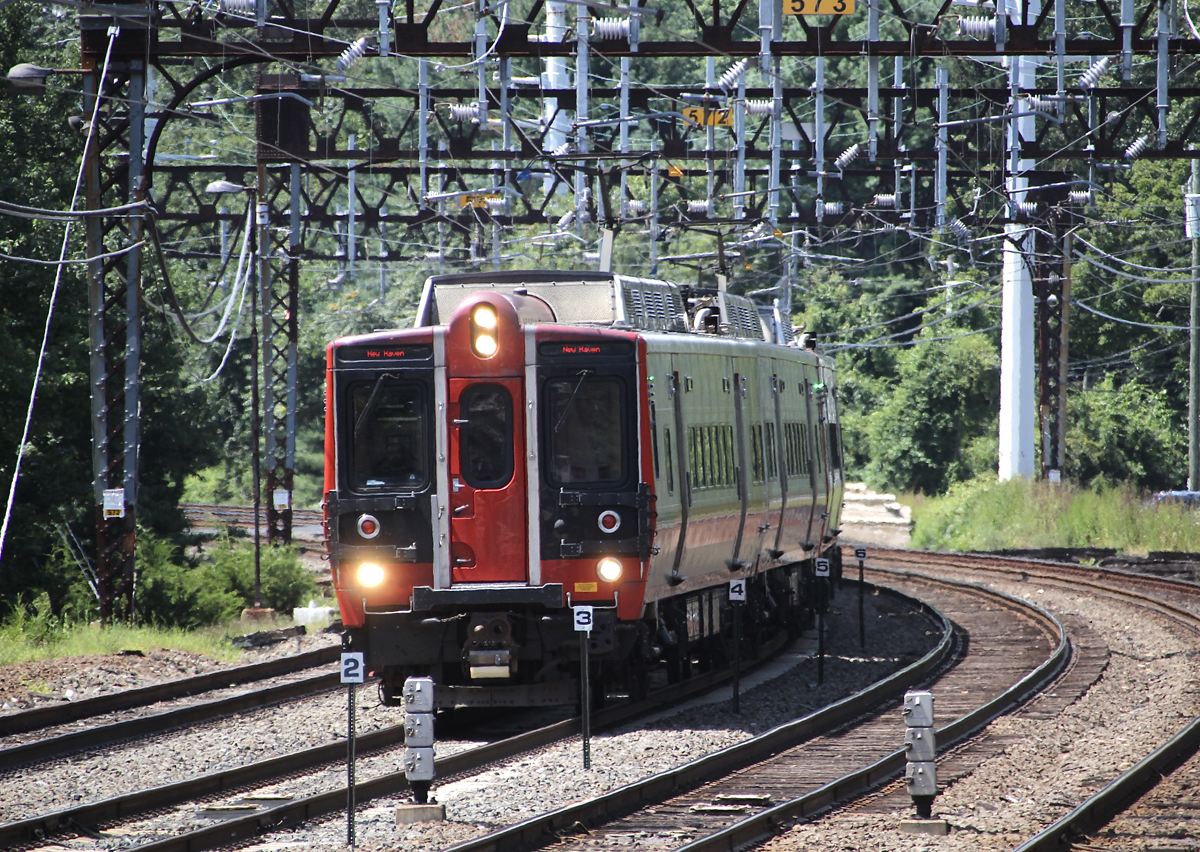




My limited TV choices generally revolves around viewing real time LE programs. Have noted that many LE departments require LEO’s, regardless of rank, status, or division to get “back in the bag” (put the uniform on) a month basis. Keeps the LEO’s grounded with the primary LE focus. Perhaps programs on the rail carriers to have the white shirts get “in the bag” from time to time (in concert with the Crafts), would prove beneficial to what’s really going on out on the “High Iron”.
My question is the one that always happens in historically entrenched industries: Why does it take a major series of incidents/events to force change that should have happened much sooner voluntarily? Is it because they are entrenched in habit and the “that’s the way we have always done things”, mentality that promotes milking the situation for as long as possible before the threat of intervention or action by federal/state authorities force them to accept reality and make the needed changes? Why can’t they just listen to those who know what they are talking about, the industry analysts and safety experts as well as the employees on the job actually doing the work? No one wants and unsafe environment to work or live in. And prevention is always cheaper than intensive cure, the usual next step when things “go off the rails”, no pun intended.
Its all well and good for industry CEO’s to tout their safety records or supposedly leading edge theories they are espousing. But for most, whether it be rail, truck, airlines or ocean shipping, they never go far enough in their comments, never guarantee change which is within their power to provide.
As an example Hinrichs said, “We are very proud of our excellent safety record at CSX. But we know that we cannot be complacent.” What he should have said is, “but we know that their is always room for improvement…” It wasn’t that long ago that CSX had many of the same problems that NS is having now. It seems like the commitment to improvement is only as long as it takes to get federal regulators off of their backs and on someone else’s! Now, this time, everyone will be made to pay and maybe that is the cure that is needed in these times of too much emphasis on the bottom line! (re: operating ratio)
Why? Because, it’s all about management incentives. When operating to plan and bottom-line budget mandates are the measured priority, you don’t spend resources on more safety equipment.